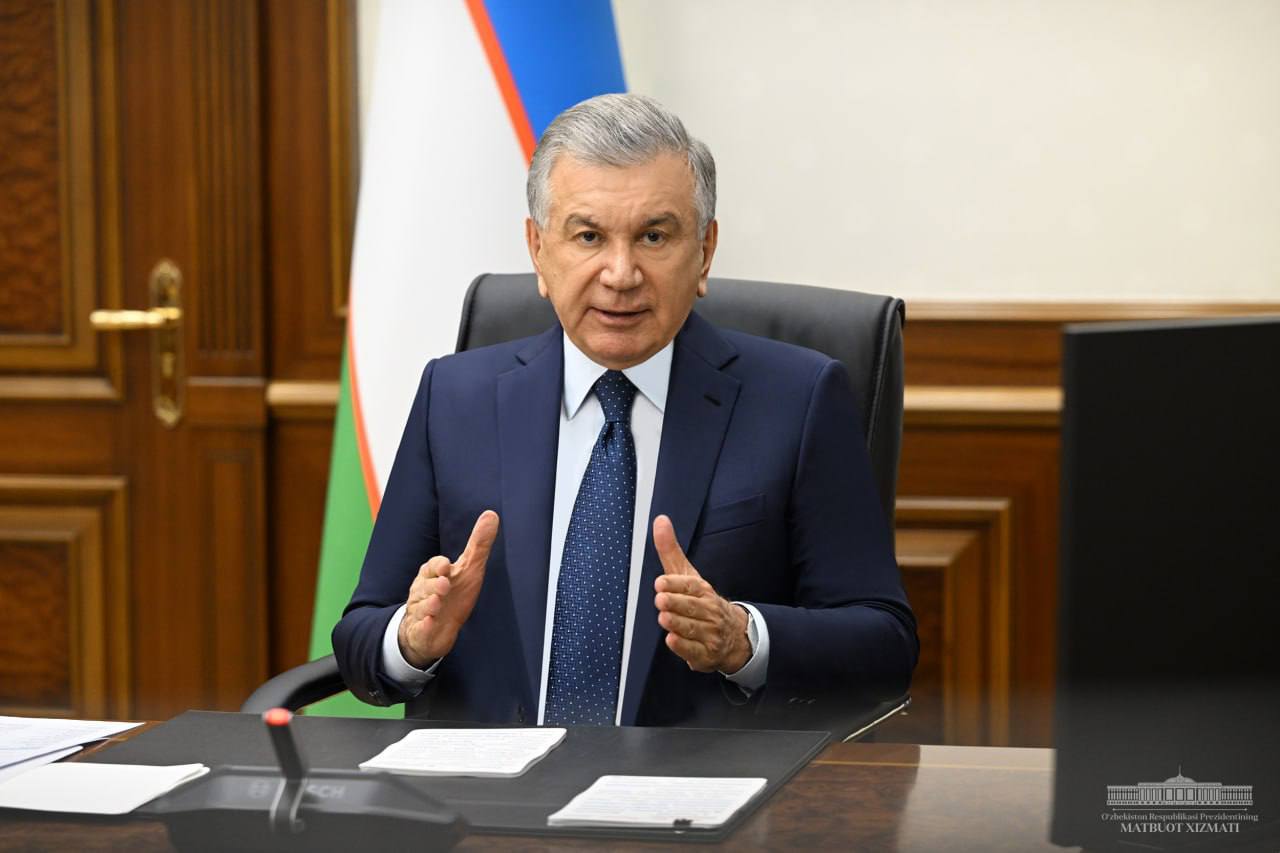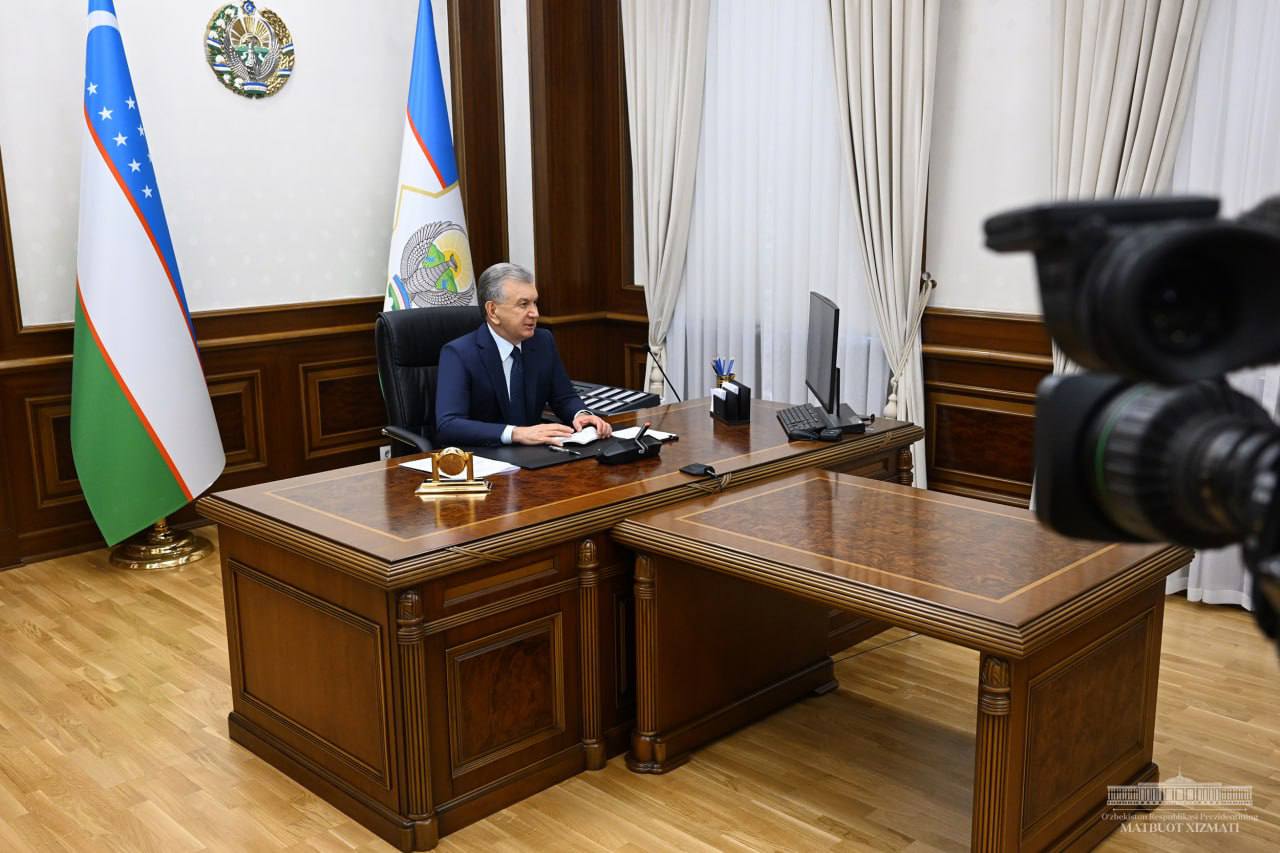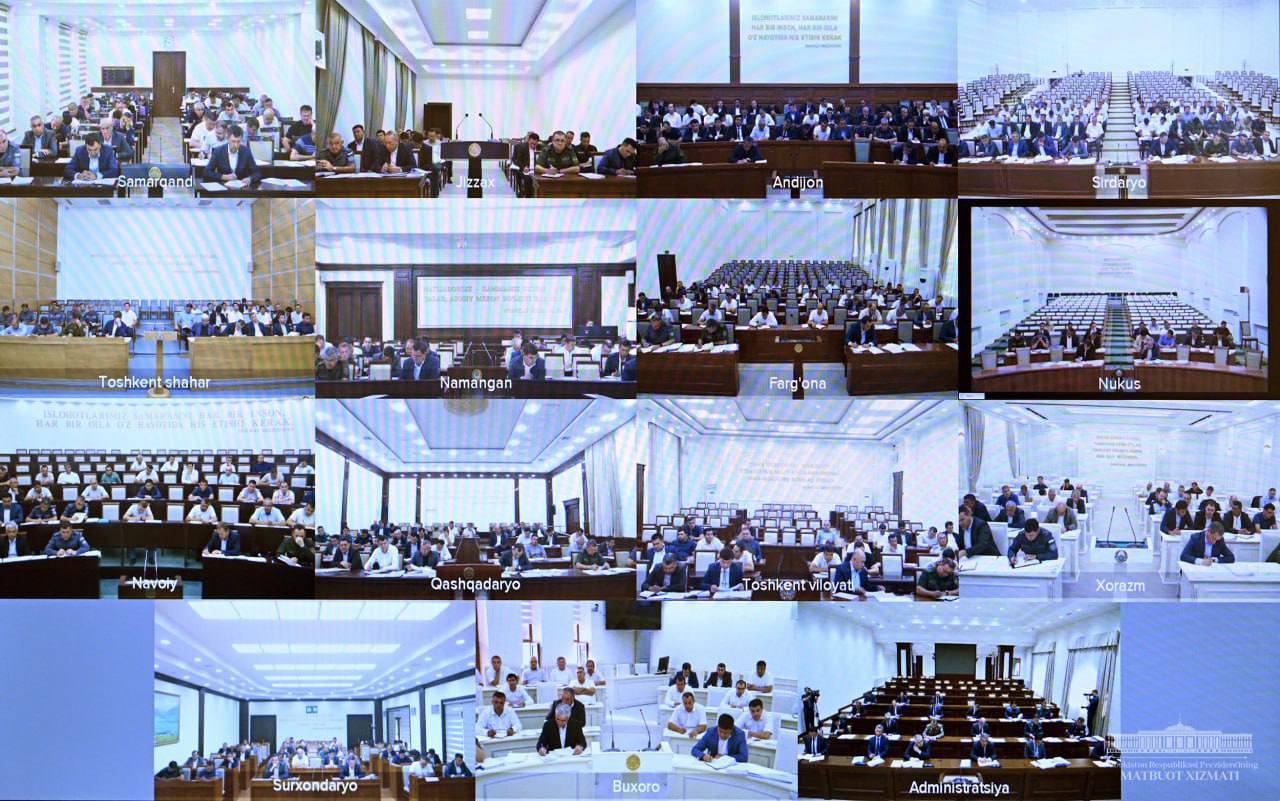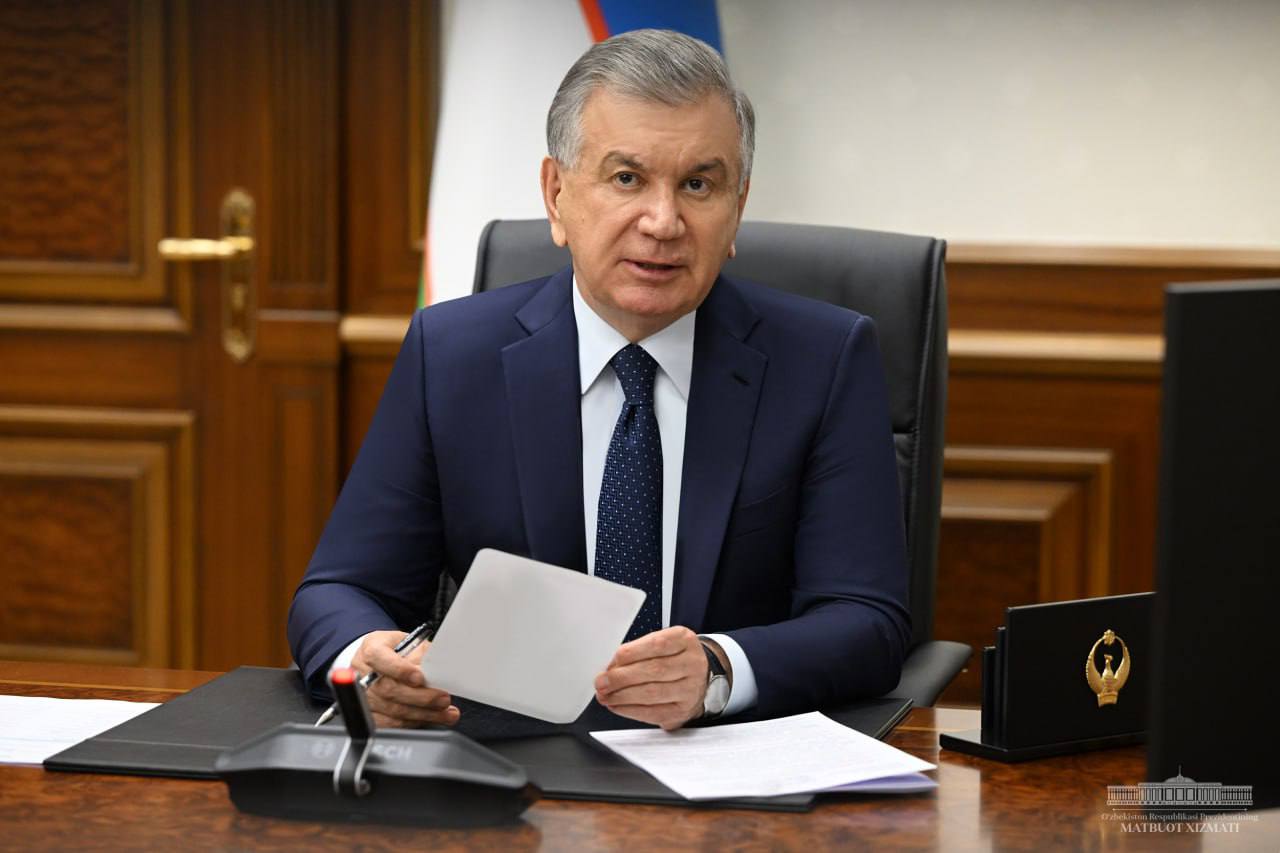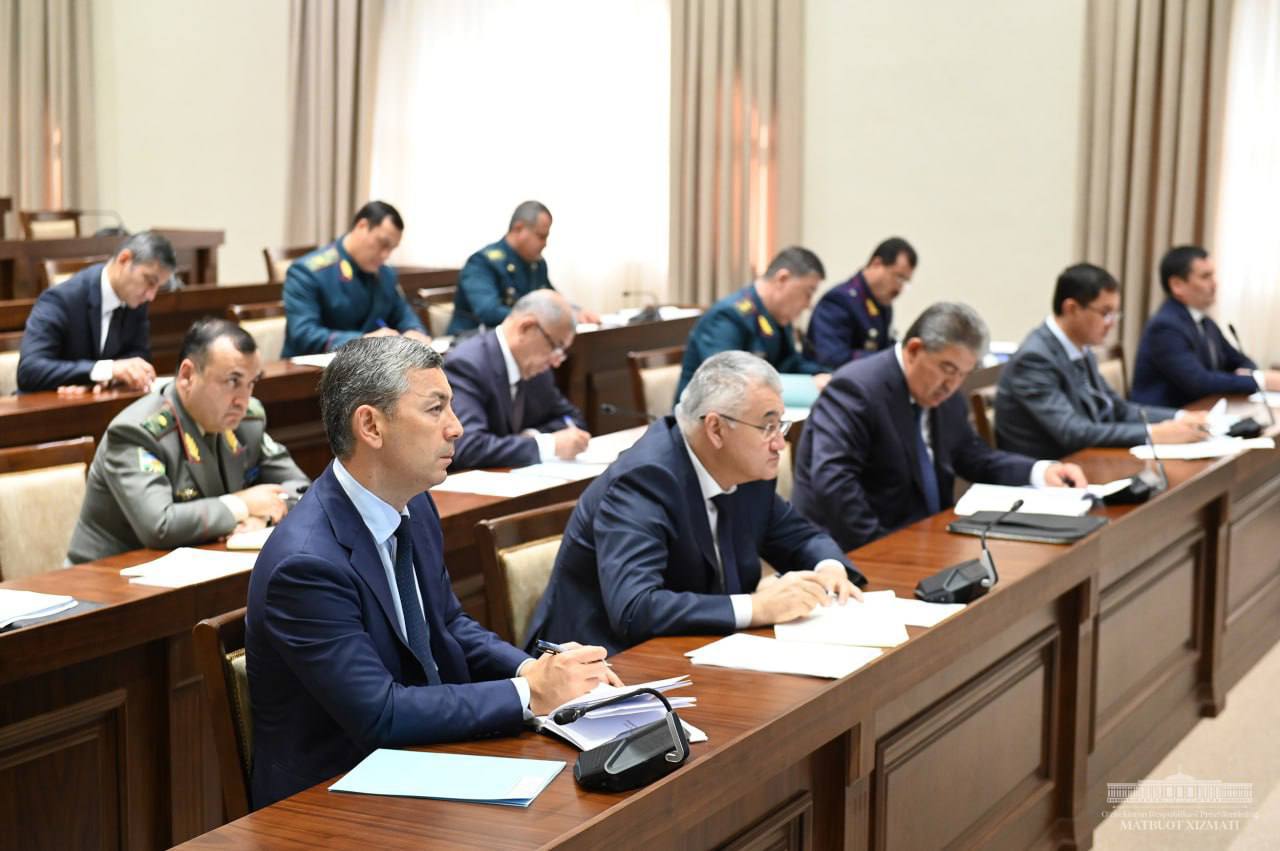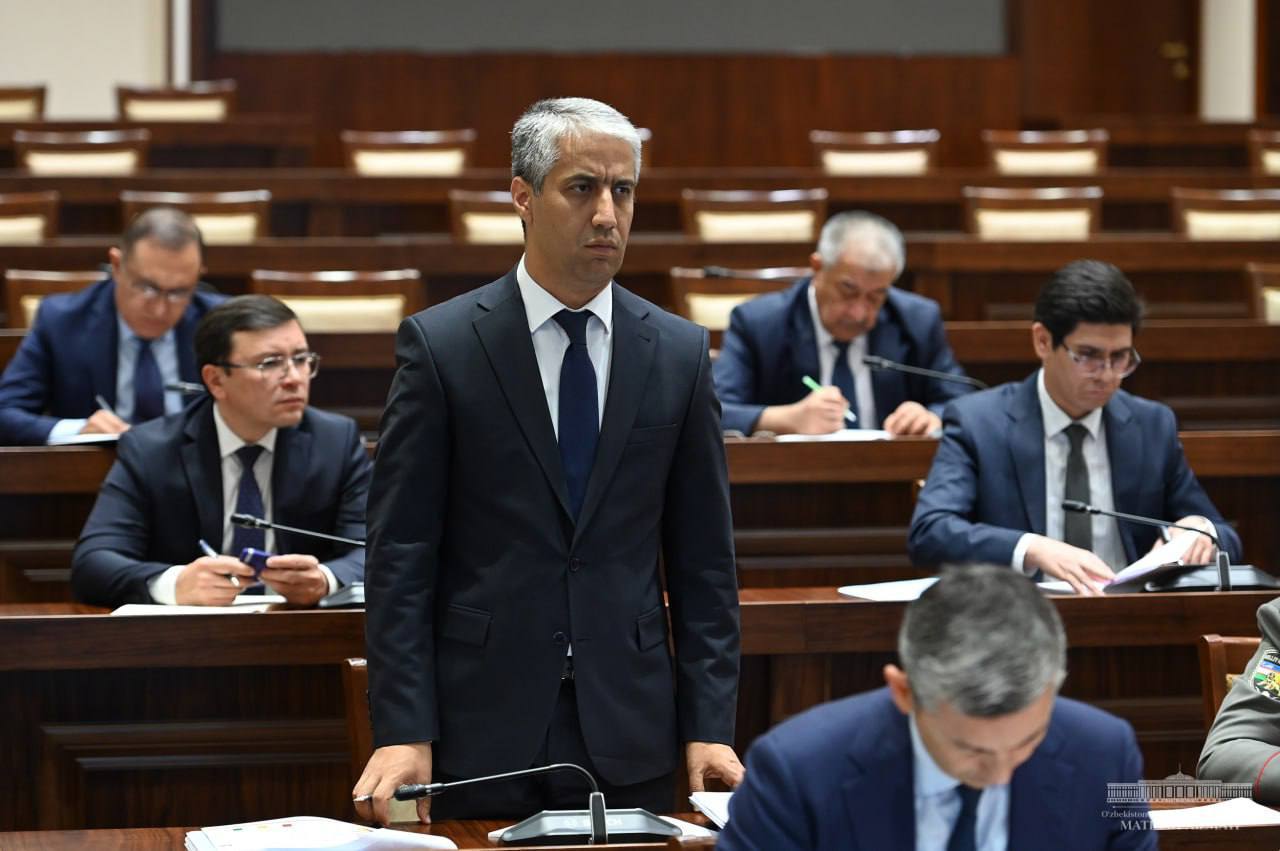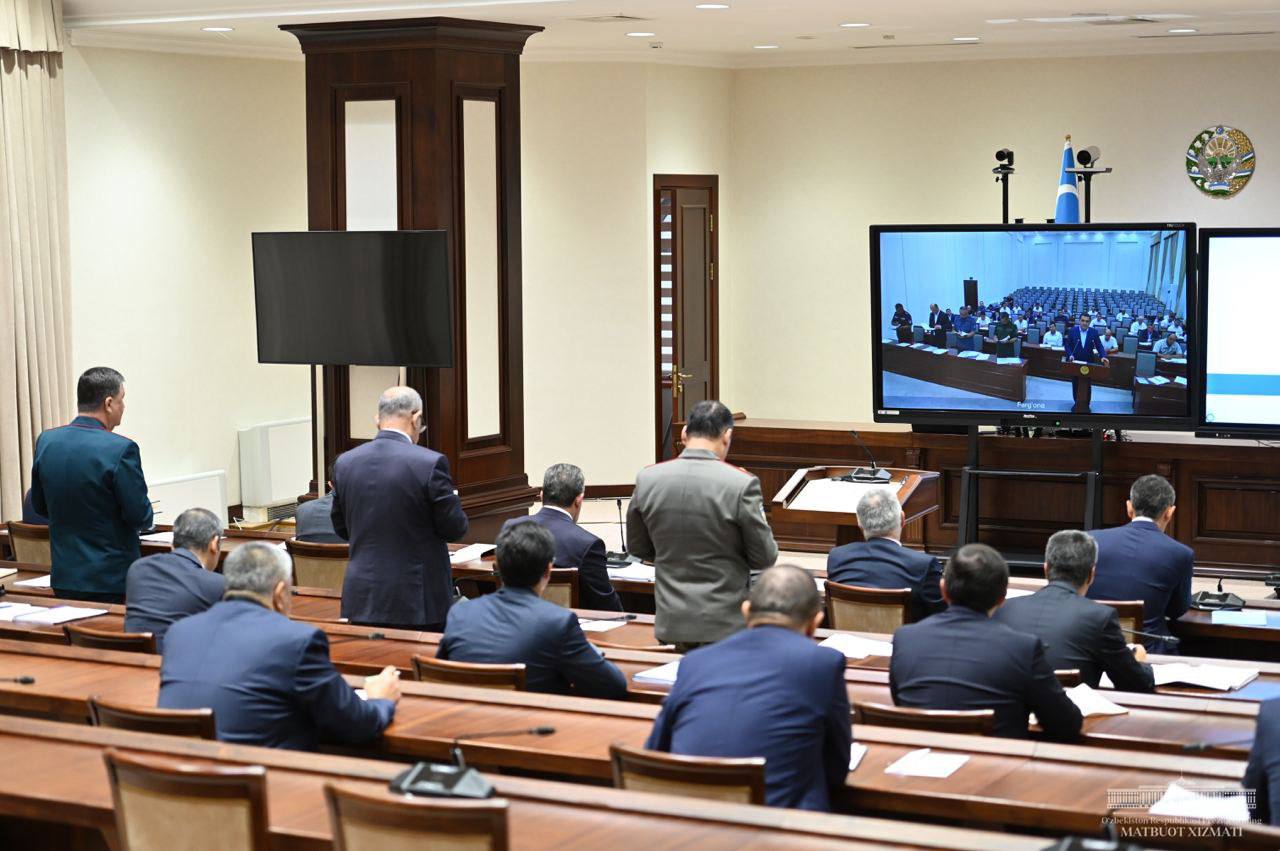
12.09.2023
On September 12, the President of Uzbekistan Shavkat Mirziyoyev held a meeting on reforming the road system.
Over the past 6 years, the allocations for construction and repairs in our country have tripled. More than 2 thousand units of special equipment were purchased for enterprises in the system of the Committee on Highways. Due to this, 65 thousand kilometers of roads were built and repaired.
Last year, the “My Road” project was launched and a construction system and repair of internal roads was introduced based on suggestions from the population. In this year alone, 410 billion Uzbek soums were allocated for internal roads in 470 makhallas. The results of road improvement work affected 3.6 million people.
In total, roads in 3 thousand makhallas were paved for the first time, and dirt roads in 2 thousand makhallas were covered with gravel.
However, there are a number of systemic problems in the field. One of the main disadvantages is the poor quality of roads being built. New roads quickly degrade and require repairs.
Road design standards need to be improved. For all types of roads, regardless of size or climatic conditions of the regions, one template design is used. Roadside infrastructure is not taken into account; as a result, most trade and service facilities are located randomly.
Another reason for the poor quality of roads is poor road control. Current road requirements force technical inspectors to spend most of their time studying contractor documents rather than checking the quality of roads. In road construction, there is a shortage of qualified personnel who can operate modern equipment.
Due to the lack of an automated road monitoring system, there is no objective data on the load on the roads. The vehicles that exceed the permissible axle load move on the roads.
Following the meeting, similar problems were analyzed and new measures and proposals were considered.
“A high-quality road is a factor influencing people’s mood and the arteries of our economy. Therefore, it is necessary to introduce new approaches to road construction, improve quality, digitalize the sphere, and widely involve the private sector”, Shavkat Mirziyoyev said.
The tasks for the design, construction, repair and maintenance of highways are defined.
First of all, it was emphasized that it is necessary to improve design based on an integrated approach. That is, the project must specifically indicate roadside service facilities, that is, the location of parking lots, gas stations, food facilities, trade and technical services, as well as green areas.
Uzbek Leader supported the proposal to transition from the resource method to the volumetric method in road construction. The importance of implementing the standards of the International Federation of Consulting Engineers, which involves monitoring all processes in road construction and the final quality by certified engineers, was also noted.
It has been determined that from now on budget funds for the construction and repair of internal roads will be allocated only within the framework of the “My Road” program.
“From now on, our citizens will decide for themselves where to build an internal road and where to repair it. If we do this, there will be transparency in the selection of projects and quality assurance, and full public control will be established”, the President said.
At least 800 billion Uzbek soums will be allocated for this program next year.
As you know, even in developed countries, the construction or repair of roads is not carried out solely at the expense of the state. Although our country has created a legal framework for private partnerships, in the road sector this process is proceeding slowly. In this regard, the need to actively involve private partners in road projects is pointed out, clearly defining the conditions for investors and the obligations of the state.
It is also necessary to maintain the quality of roads. For example, in foreign countries, check scales are installed on the roads to measure the weight of trucks. It was proposed to install such scales in our country on the basis of private partnership.
In addition, urban improvement departments will be provided with special equipment for maintaining roads and landscaping their surroundings.
Today, more than 2.5 thousand cameras and radars are installed on the roads, recording violations. In residential areas, the speed limit has been reduced to 60 kilometers per hour. As a result, the number of traffic accidents decreased by 30%. Taking this into account, the importance of continuing the widespread implementation of “smart intersection” and “smart traffic light” control systems was emphasized.
The instructions were given to develop a three-year program for the repair of roads and bridges in the regions, the financial recovery of road enterprises, and the improvement of their material and technical base.
The task was set to develop a draft resolution on the development of the road industry, taking into account the measures outlined at the meeting.
Responsible officials of the industry and regional leaders presented information on the agenda.

